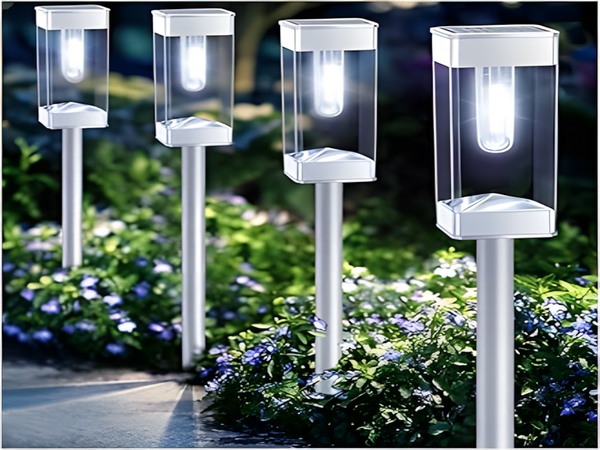
Solar street lights are becoming increasingly popular, whether in rural or urban areas, with many projects opting for them. This is because solar street lights use green renewable energy, causing no pollution to the environment. As long as they can absorb sunlight, they can convert it into electrical energy. This convenient lighting solution saves people a significant amount on electricity bills. The battery plays a crucial role in solar street lights; if its voltage remains unstable or it frequently overcharges and discharges, its lifespan will be considerably shortened. So, how can we extend the lifespan of solar street light batteries? Below are some tips from Century Sunshine Lighting.
Methods to extend the lifespan of solar street light batteries:
1. Prevent overcharging
The lifespan and performance of solar street light batteries are closely related to the heat generated internally, primarily due to power loss from electrochemical reactions. This can be understood as the product of charging voltage and current. During the oxygen recombination reaction, excessive floating charge current generates more heat. When charging with a constant voltage, the floating current increases with temperature, further raising the temperature. Thermal runaway is a unique phenomenon caused by the structure of valve-regulated sealed batteries, leading to severe issues like water loss and bulging of the battery casing, and in extreme cases, battery failure. To prevent overcharging, it’s essential to follow the manufacturer’s instructions regarding the charging voltage. Modern combination power sources can be set up and managed intelligently; it’s crucial to ensure the settings are correct and not changed by unauthorized personnel.
2. Prevent undercharging
Conversely to overcharging, undercharging mainly results from settings that are too low for the charging voltage or issues within the system.
3. Prevent deep discharge
The depth of discharge is closely related to the battery’s designed charge/discharge cycle count (lifespan). For instance, at a discharge depth of 5%, the cycle count could reach 10,000 times; at 50% discharge depth, it drops to 800 times. Severe over-discharging can prevent the battery from being reactivated to optimal conditions and may lead to failure. Different discharge rates result in varying discharge times and cut-off voltages, affecting usable capacity and influenced by ambient temperature. This aspect, along with specific curves, is typically provided in the battery manuals of different manufacturers. Maintenance personnel should closely monitor and adhere to these guidelines. Most modern rack power manufacturers have designed a pull-down feature, automatically disconnecting the battery discharge circuit when the solar street light battery reaches the established cut-off voltage. Some manufacturers even consider situations where monitoring units cannot detect cut-off voltage or issue commands due to various reasons, providing backup mechanisms to cut the circuit forcibly. Thus, maintenance personnel should inspect and ensure the reliability of these hardware circuits during routine checks.
4. Control the ambient temperature

As battery temperature rises, electrolyte activity intensifies, reducing internal resistance and increasing floating charge current, accelerating corrosion of conductive components and reducing lifespan. In contrast, lower temperatures decrease electrolyte activity and increase internal resistance, reducing the battery’s discharge capability. Hence, monitoring battery temperature and controlling the ambient temperature is crucial. Additionally, temperature compensation for charging voltage is necessary to avoid overcharging in high temperatures and undercharging in low temperatures. Most places using VRLA battery packs maintain ambient temperatures around 25 degrees. Accelerated life tests indicate that an increase in temperature by 10 degrees without adjusting the charging voltage can halve the lifespan of solar street light batteries.

5. Timely replacement of faulty batteries
Due to variations in manufacturing processes, individual cells may lag in performance over extended periods of floating charge. Monitoring units typically provide a balanced charging management feature to activate lagging cells; however, consistently lagging cells may ultimately become faulty. Various diagnosis methods can determine if a cell is critically defective, such as conducting individual capacity tests or measuring internal resistance online. The key is to replace faulty batteries promptly, which is vital for maintaining the usability and overall lifespan of the solar street light battery pack.
6. Regular capacity testing and discharge testing of the battery pack is recommended
Capacity testing serves to conduct a thorough check of the battery pack. While it can require considerable effort, it’s advisable to perform sampling tests when feasible.
The tips above on extending the lifespan of solar street light batteries conclude here. Generally, more stable batteries may cost more but provide extended service time.



